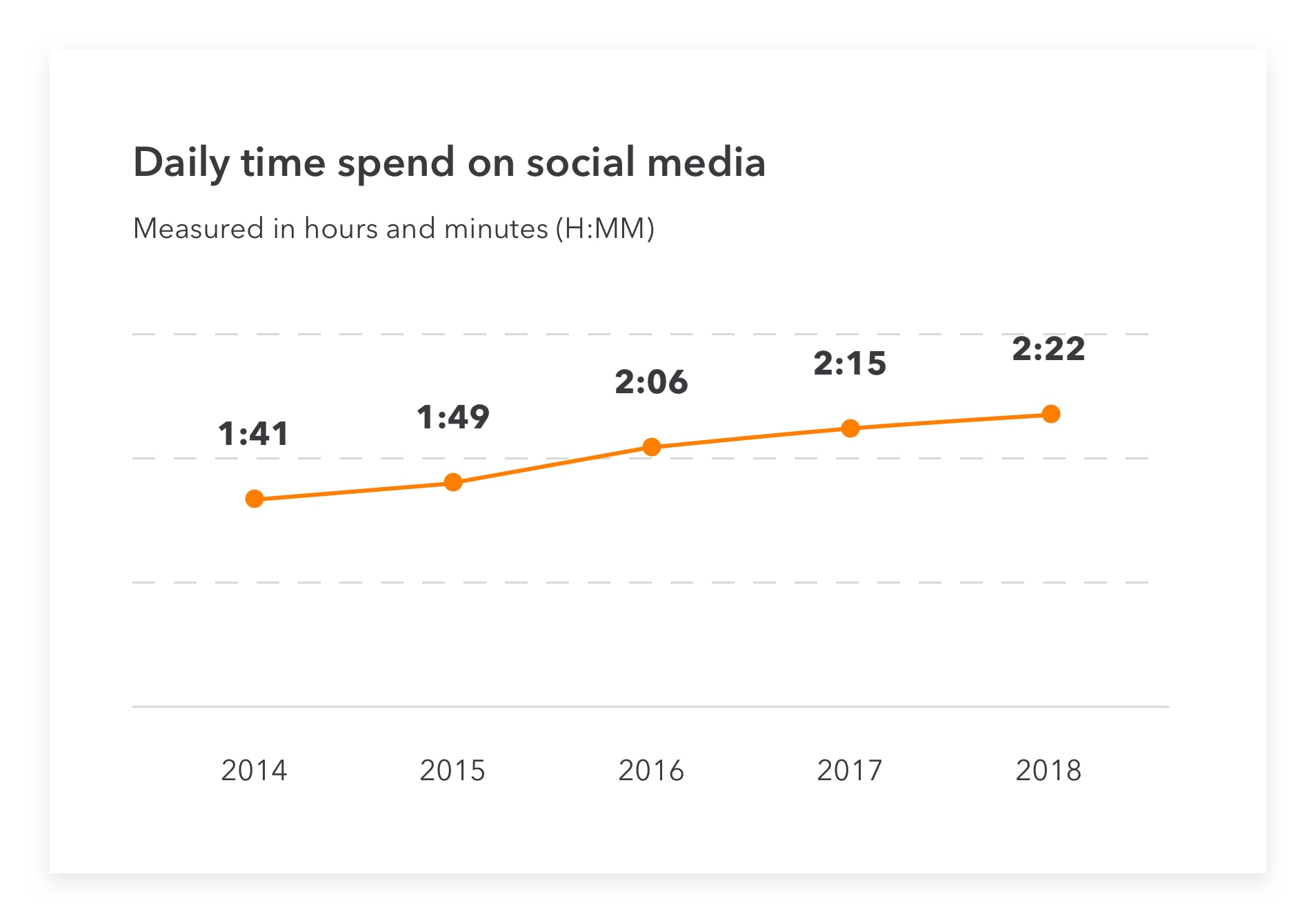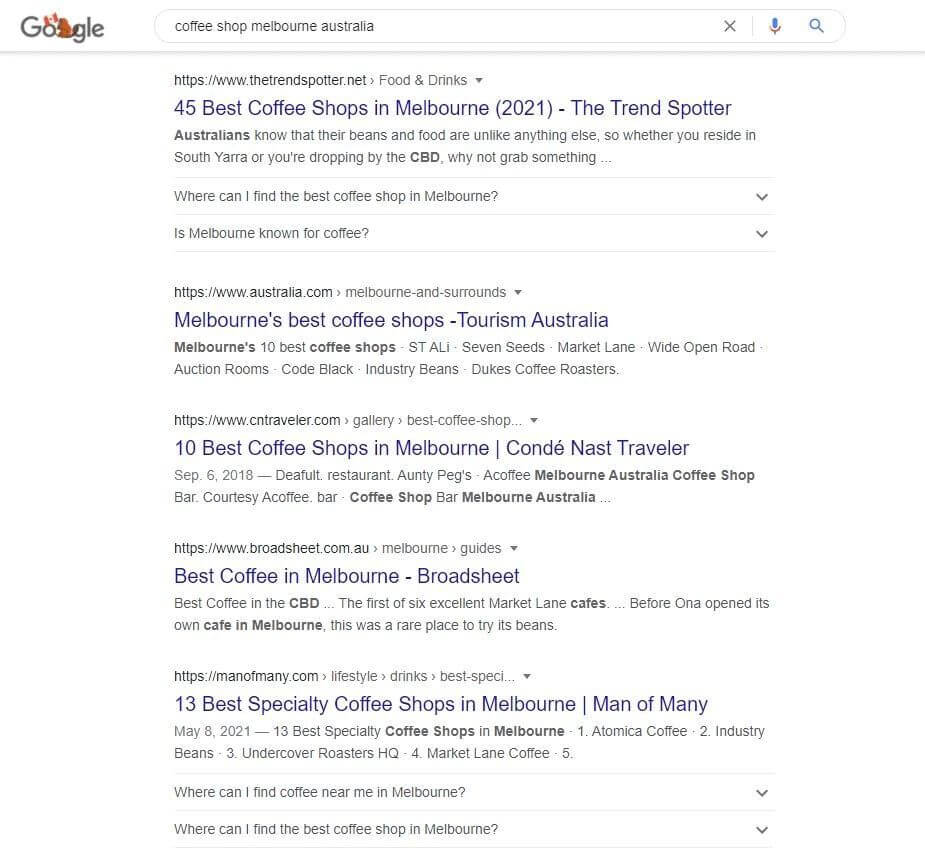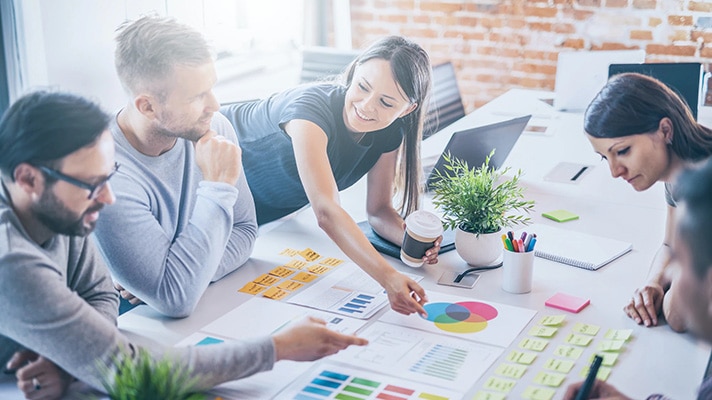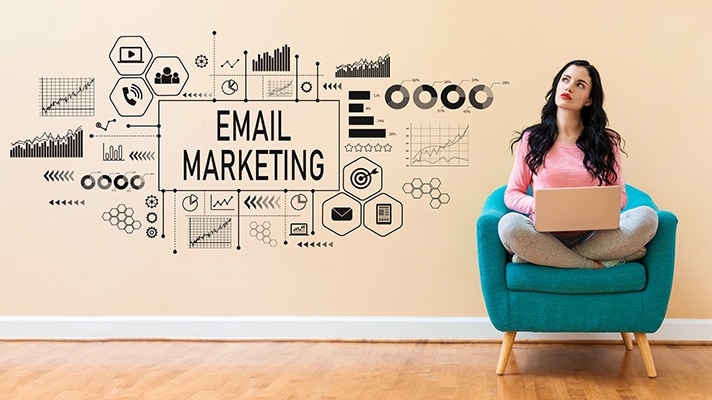Your current and prospective customers are looking for you online. Can they find you?
Many small business owners have yet to stake their claim in digital marketing by creating a website, marketing themselves on social media or leveraging online marketing channels.
Nearly half of those who plan to start a business in the next year are prioritising Facebook and Google advertising, according to a QuickBooks survey . The majority of these new business owners (87%) feel confident in their marketing skills.
On the other hand, current business owners are more likely to recommend cost-effective alternatives, like creating a Google business listing or building an email subscriber list. And they recommend getting started as soon as possible within the first year of business.
Across the board, more business owners are prioritising building a business website above all else. Established businesses and startups alike plan to invest in virtual technology and sell online following the coronavirus outbreak.
Developing a digital marketing strategy can feel intimidating. In truth—whether you sell products through an e-commerce website or retail POS, or sell a service—it’s as simple or as complicated as you make it.
In this guide, we’ll cover the basics of small business internet marketing, including steps you can take right now, so that your business can continue to thrive.





















